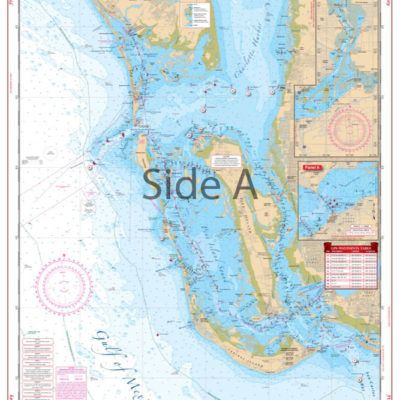If you would rather be out on the water than stuck on land, this article will seem redundant to you. But if you’re just getting started in the boating world, you’ll want to pay close attention. It can be hard to remember all the rules that go along with boating, so we’re here to help. While we won’t list every rule or piece of boating etiquette you should know, we will provide you with some common boating mistakes you should avoid. This will help you stay on the good side of veteran boaters and seem like a boating natural.
Watch your anchor
You can’t just anchor anywhere, especially not in the middle of a busy channel. Not only is this annoying, akin to parking in the middle of a busy road, it can also be dangerous. Whatever you do, don’t park in the channel.
Mind your speed
If you see other boaters fishing in shallow waters, don’t speed past them. Even if you’re in a zone where you can rev the engine, you should be mindful of how your wake will affect others. Anglers in the shallows and flats will not appreciate having to deal with your wake. This wake can also be disruptive to the sea grass, destroying a living habitat.
Keep clear of shallows and rocks
The last thing you need while you’re out on the water is to run aground. Running aground can not only damage your boat, but also injure yourself and others in the boat. If you plan your route ahead of time, try to research about the possibility of shallow or rocky areas. You don’t want to have to call a towing company to come rescue you.
Don’t cut across
If you need to cut across the channel and see an oncoming vessel, WAIT! You don’t need to cut right across them. When two boats are crossing, the rule is that the boat that has the other on its starboard (right) side, must yield. This will prevent a possible collision, as boats don’t come with turn signals and not all of us are mind readers.
Now that you know the common boating mistakes and how to avoid them, it’s time to get on the water! We recommend bringing along a Waterproof Chart for your destination. We carry areas such as the Caribbean, Great Lakes, and more. You’ll easily make your way around and know where you’re going with a Waterproof Chart.

